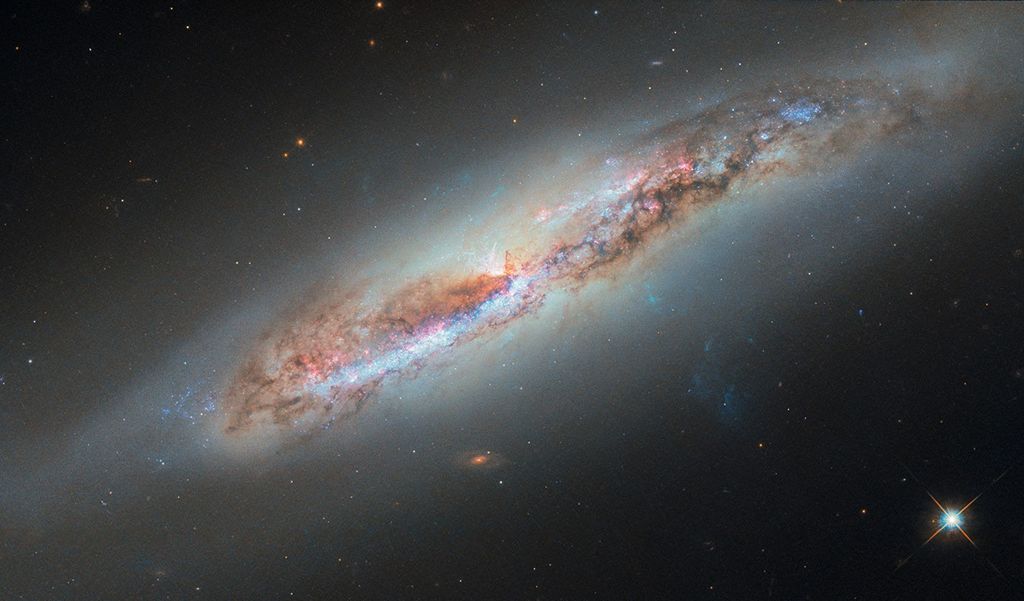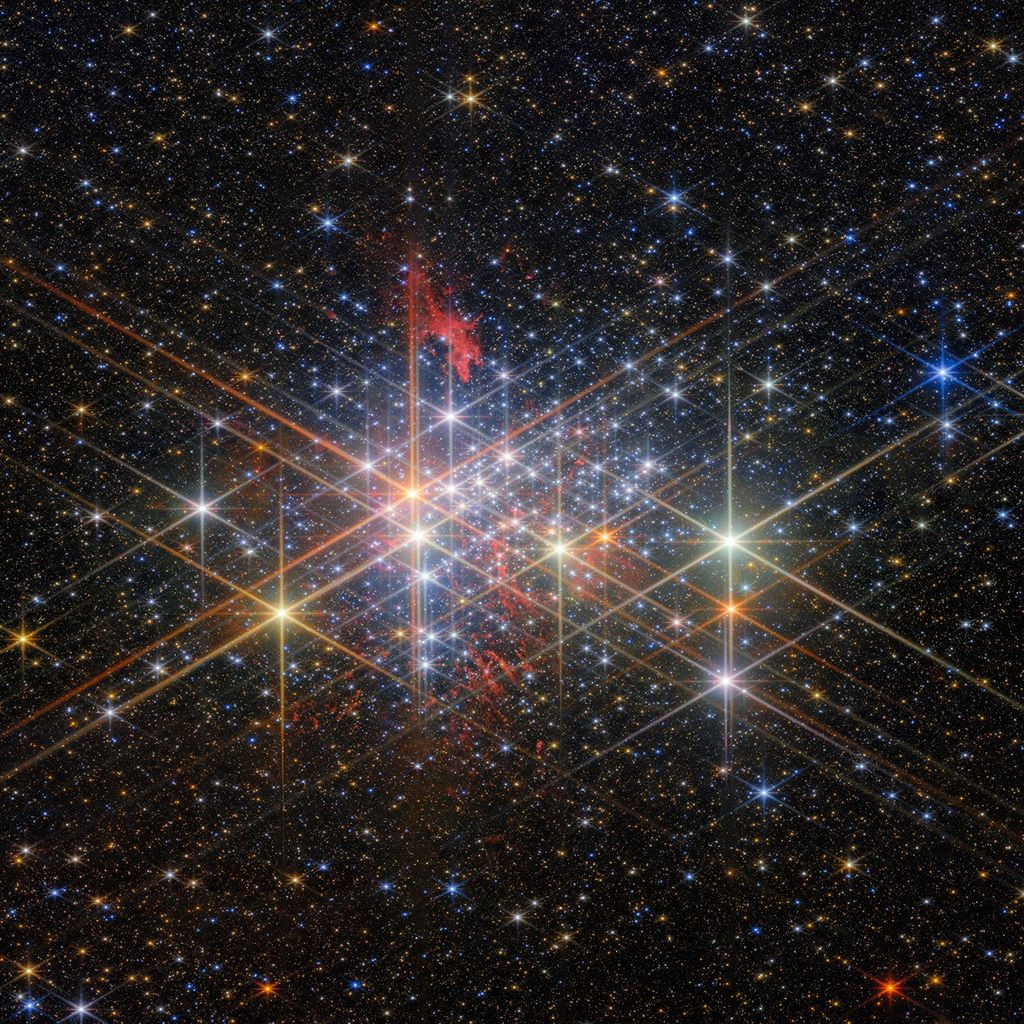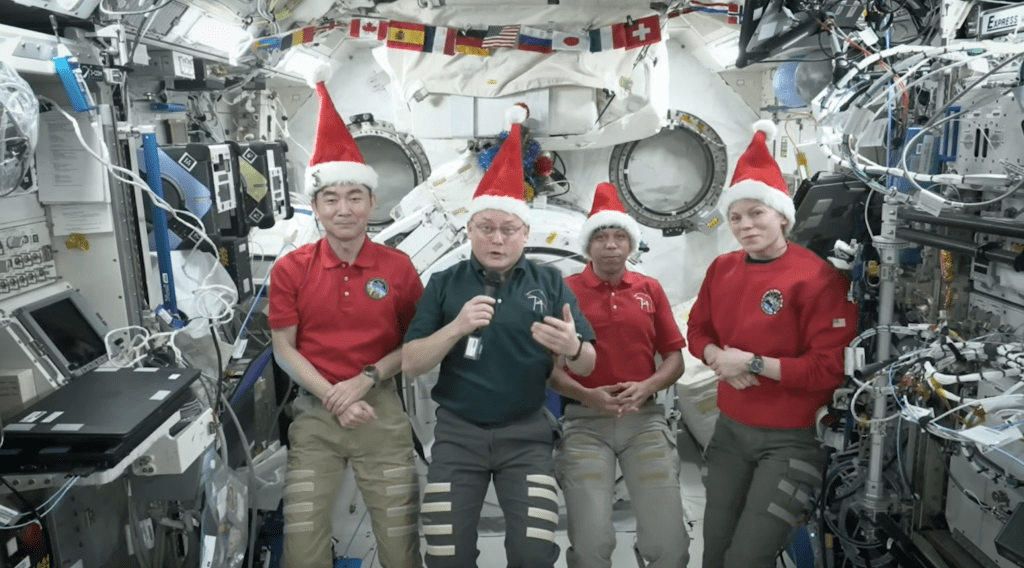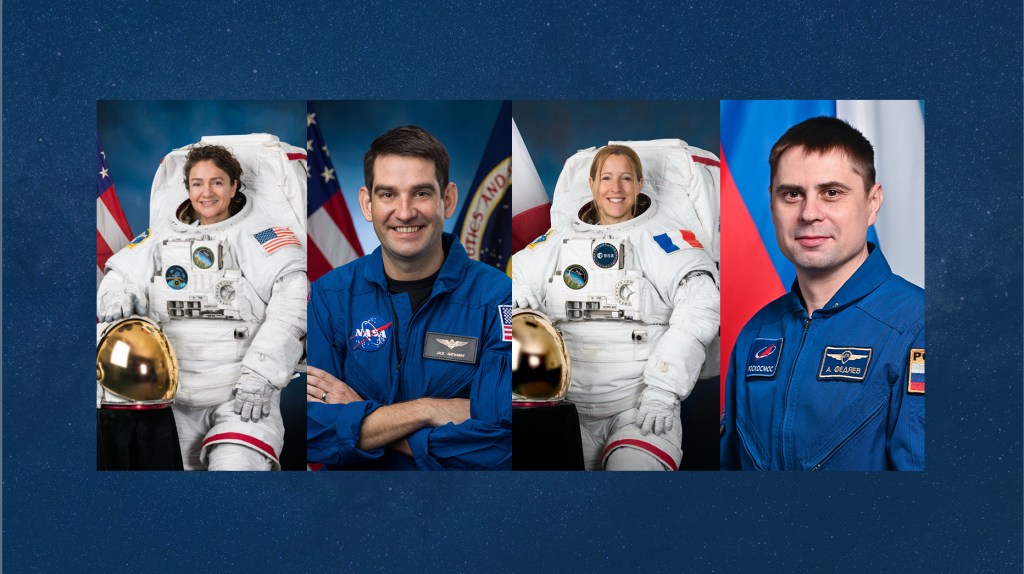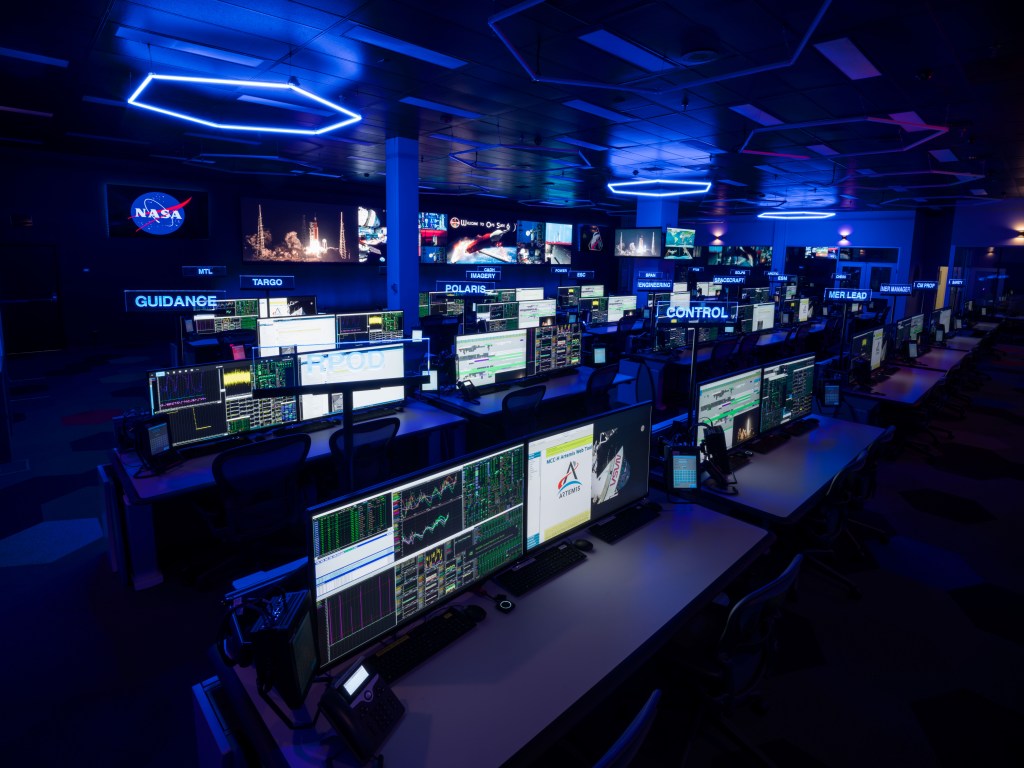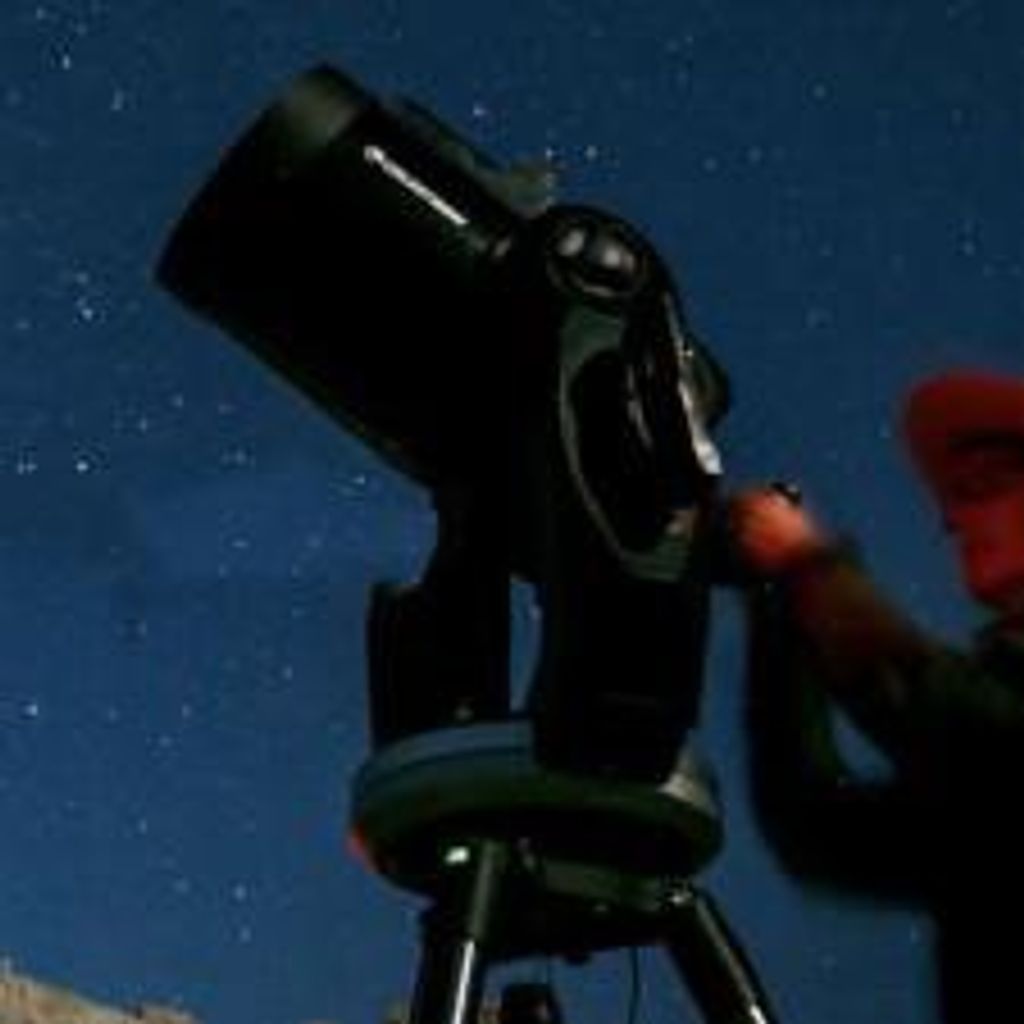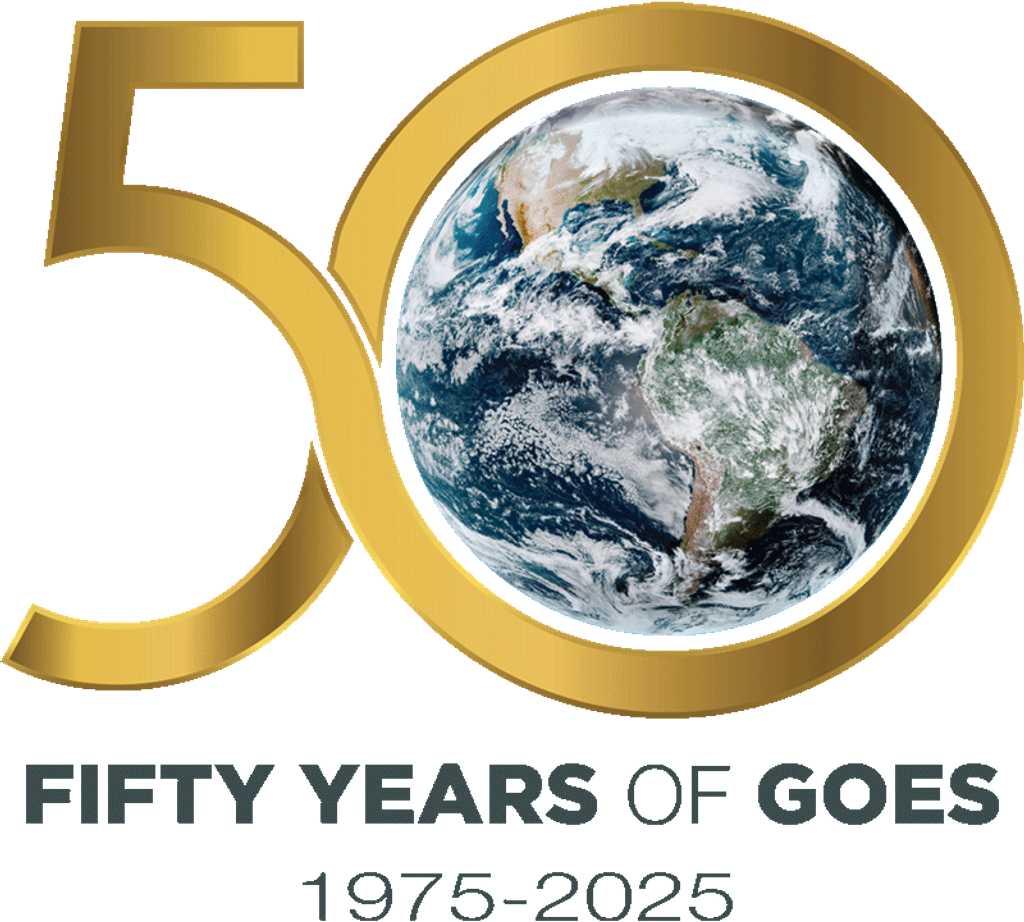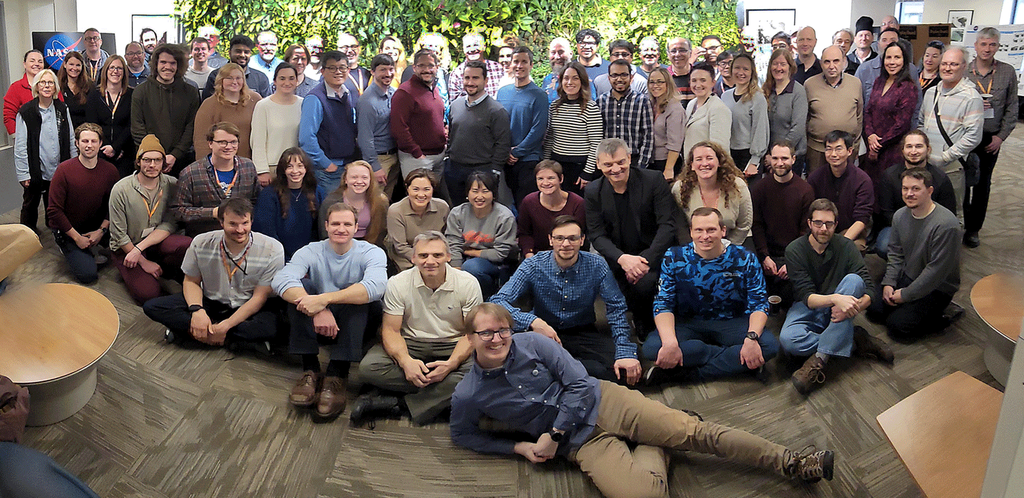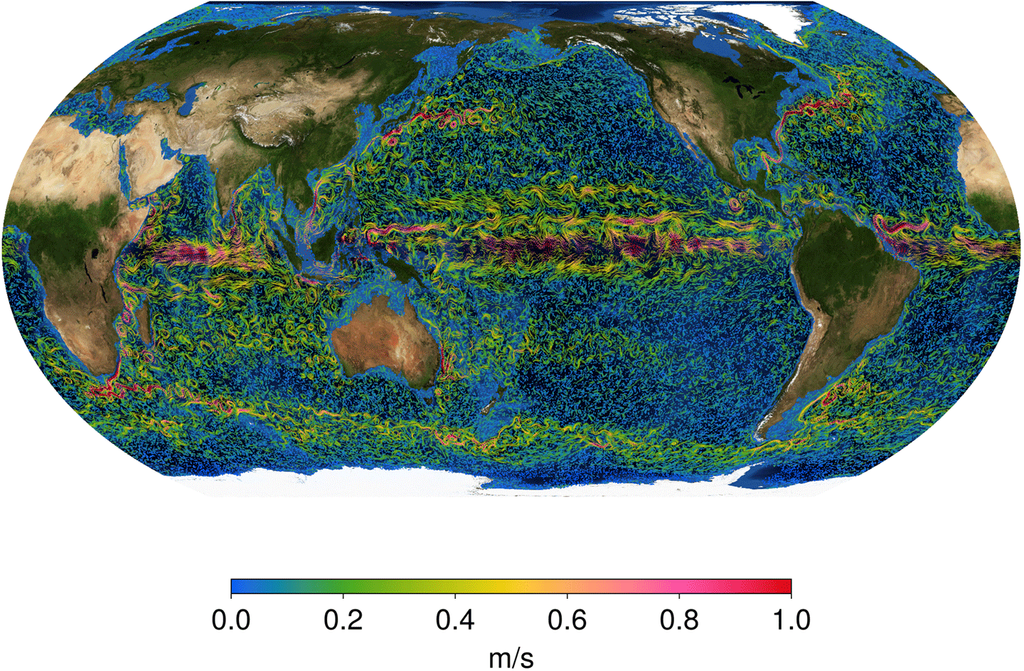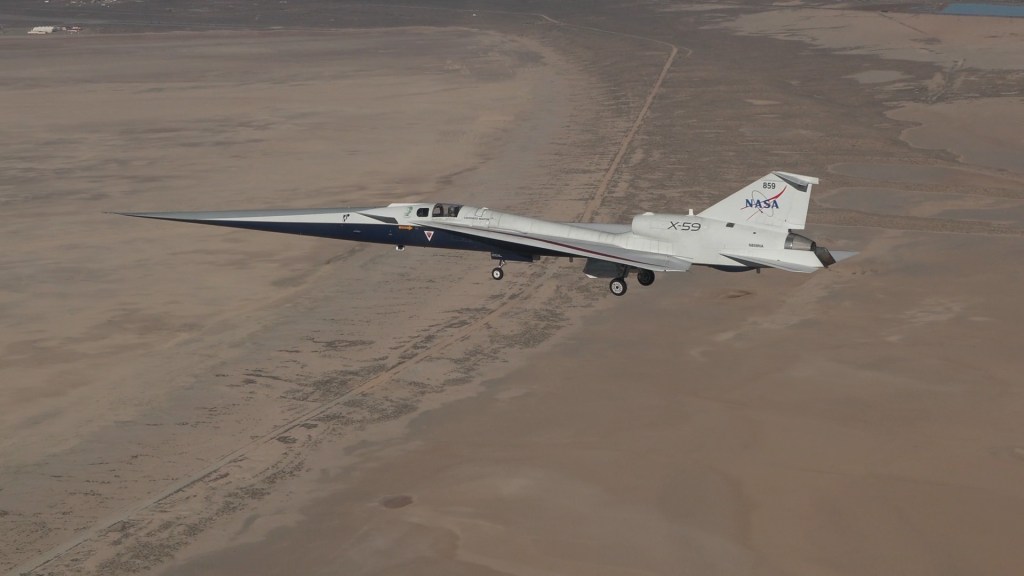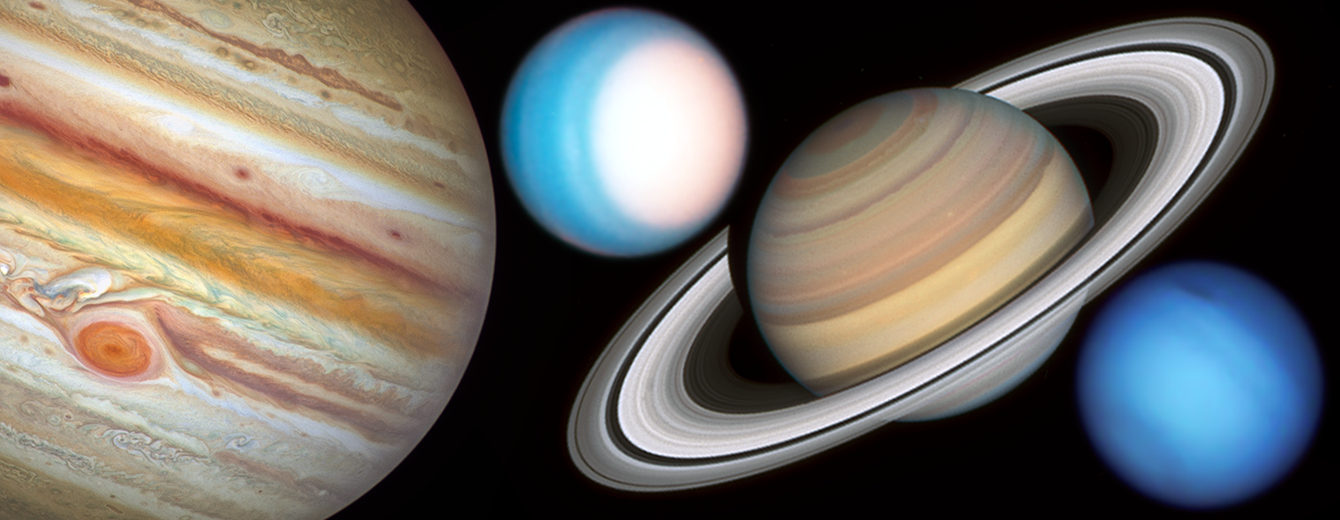Hubble’s long presence in space and regular observations of the planets — Jupiter, Saturn, Uranus, Neptune, and Mars — give planetary astronomers the opportunity to study their ever-changing atmospheres and curious moons, charting the changes of these dynamic systems.
The Planets
-
Capturing the Aftermath of Impacts on Jupiter
In 1994, just four years into its long tenure of collecting data, Hubble watched as 21 fragments of Comet Shoemaker-Levy 9 (SL9) bombarded the giant planet Jupiter with a sequential train of impacts. Each fragment left a temporary black scar that revealed deeper layers of the planet’s atmosphere. It was the first time astronomers witnessed such an event. Hubble observed another impact in 2009, when a suspected asteroid plunged into Jupiter’s atmosphere and left a temporary dark feature the size of the Pacific Ocean.
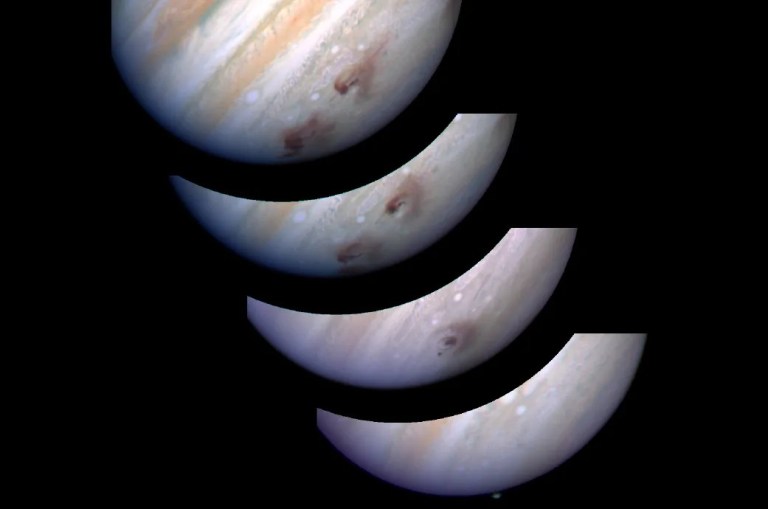 Shoemaker-Levy 9 Impacts on JupiterR. Evans, J. Trauger, H. Hammel and the HST Comet Science Team, and NASA
Shoemaker-Levy 9 Impacts on JupiterR. Evans, J. Trauger, H. Hammel and the HST Comet Science Team, and NASA
-
Monitoring Jupiter’s Shrinking Red Spot
Using Hubble, astronomers tracked Jupiter’s Great Red Spot, a giant swirling storm slightly larger than Earth, and found that it is shrinking and jiggling. The spot’s outer winds are speeding up while moving significantly more slowly toward its center.
Hubble Shows Winds in Jupiter’s Great Red Spot Are Speeding Up
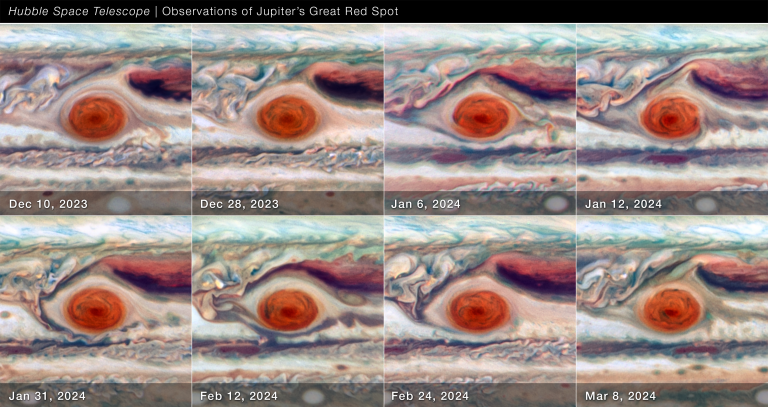 Jupiter’s Shrinking, Jiggling Red SpotNASA, ESA, Amy Simon (NASA-GSFC); Image Processing: Joseph DePasquale (STScI)
Jupiter’s Shrinking, Jiggling Red SpotNASA, ESA, Amy Simon (NASA-GSFC); Image Processing: Joseph DePasquale (STScI)
-
Studying Auroras
Hubble captured brilliant curtains of light, called auroras, on Jupiter, Saturn, and Uranus. Auroras develop when electrically charged particles trapped in a planet’s magnetic field spiral inward at high speeds toward the north and south magnetic poles. When these particles hit the upper atmosphere, they excite atoms and molecules there, causing them to glow in a similar process to that of a neon light.
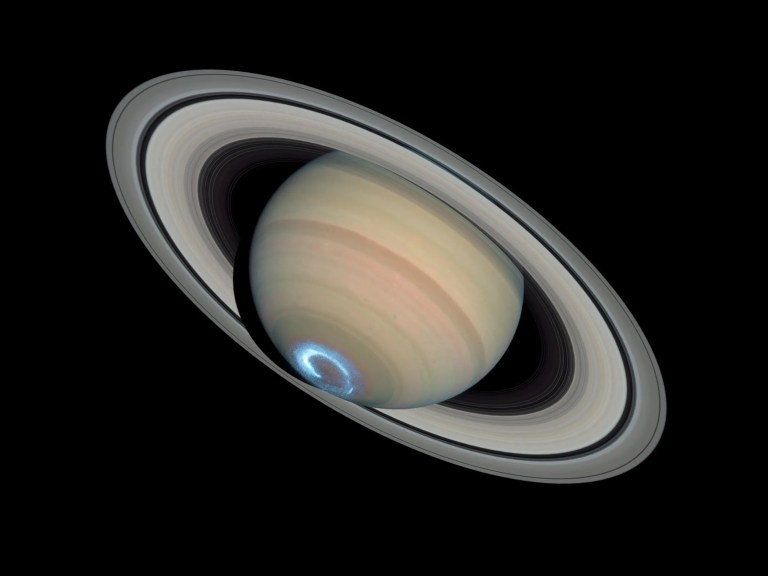 Saturn AuroraNASA, ESA, J. Clarke (Boston University), and Z. Levay (STScI)
Saturn AuroraNASA, ESA, J. Clarke (Boston University), and Z. Levay (STScI)
-
Discovering a Link Between Neptune’s Clouds and the Sun
Hubble expanded upon the NASA Voyagers’ observations of Neptune and Uranus. It found that Neptune’s southern hemisphere ‘Great Dark Spot’ vanished in 1994, then spotted another dark storm in Neptune’s northern hemisphere a year later. Hubble’s decades of observations revealed that Neptune’s storms last for a few years before vanishing or fading away and that this cycle correlates to the Sun’s cycle of activity.
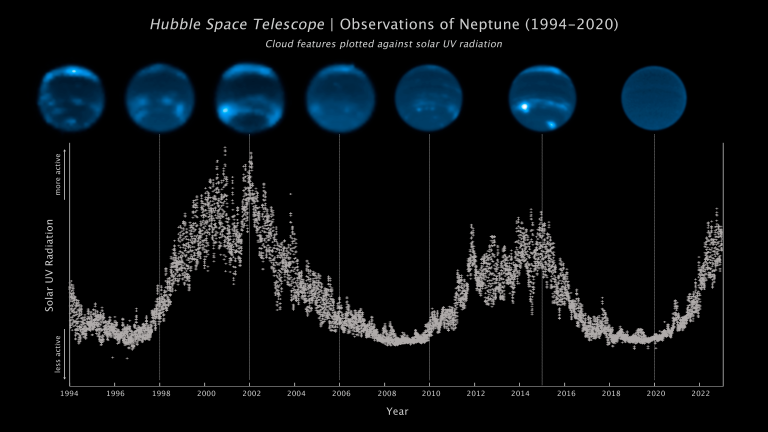 Neptune’s Clouds and the Sun's CycleNASA, ESA, LASP, Erandi Chavez (UC Berkeley), Imke de Pater (UC Berkeley)
Neptune’s Clouds and the Sun's CycleNASA, ESA, LASP, Erandi Chavez (UC Berkeley), Imke de Pater (UC Berkeley)
-
Saturn's Rings Heating Its Atmosphere
Hubble also helped astronomers calibrate archival Saturn data from four separate missions. The precision of Hubble's Space Telescope Imaging Spectrograph (STIS) and its ability to see ultraviolet light, allowed researchers to compare STIS UV observations of Saturn to 40 years of UV data from the Voyager and Cassini missions, and the International Ultraviolet Explorer. They discovered that icy ring particles raining on Saturn’s atmosphere at specific latitudes and seasonal effects cause atmospheric heating. Researchers are testing to see if this unexpected interaction can help define new ways of examining distant exoplanets for extended Saturn-like ring systems.
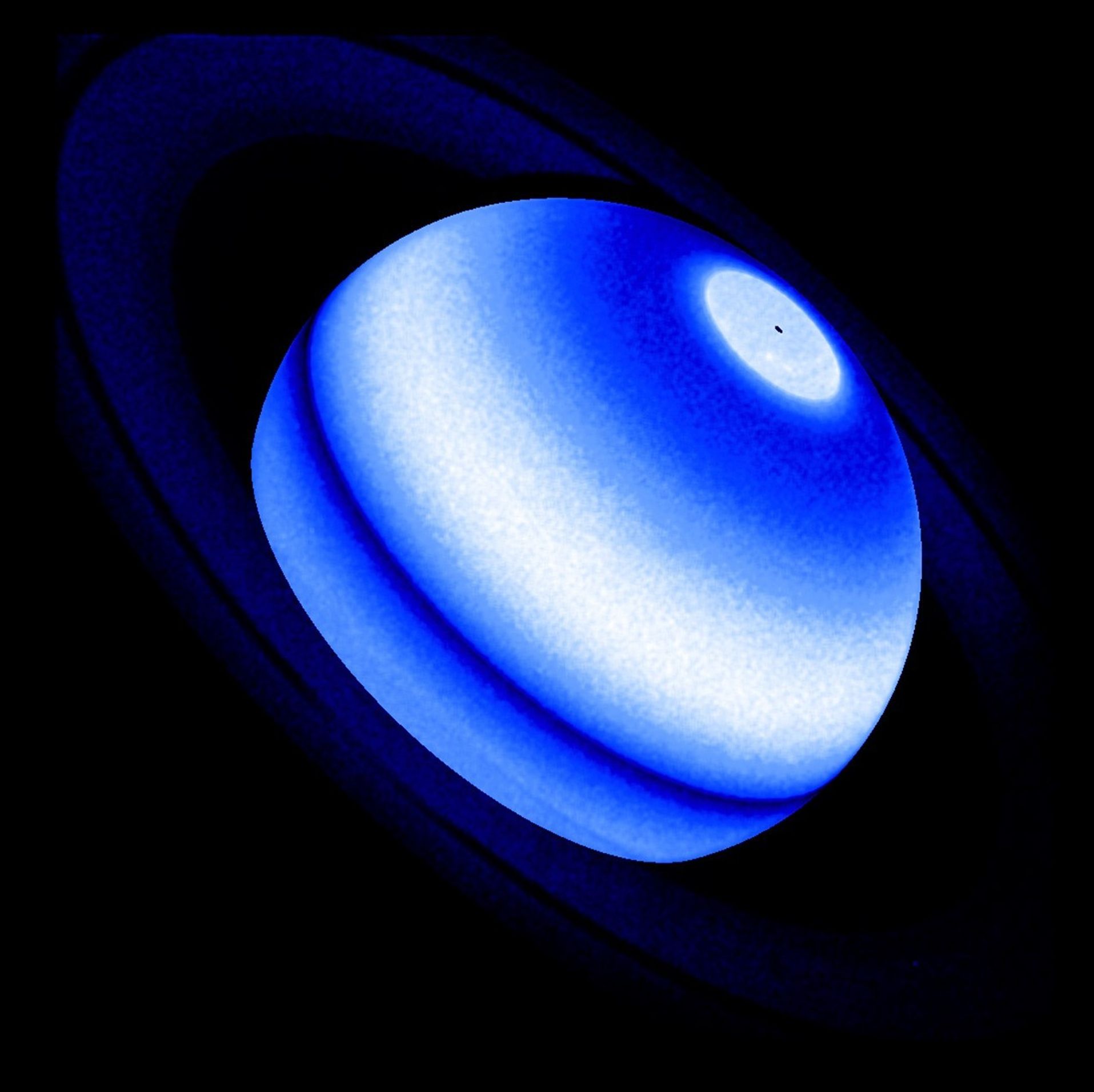 SaturnNASA, ESA, Lotfi Ben-Jaffel (IAP & LPL)
SaturnNASA, ESA, Lotfi Ben-Jaffel (IAP & LPL)
-
Studying the Dynamic Martian Atmosphere
Hubble offers planetary astronomers the opportunity to studying global Martian weather. Hubble has charted the evolution of Martian sandstorms, the waxing and waning the planet's polar ice caps, and seasonal changes in the planet's cloud cover and atmospheric composition.
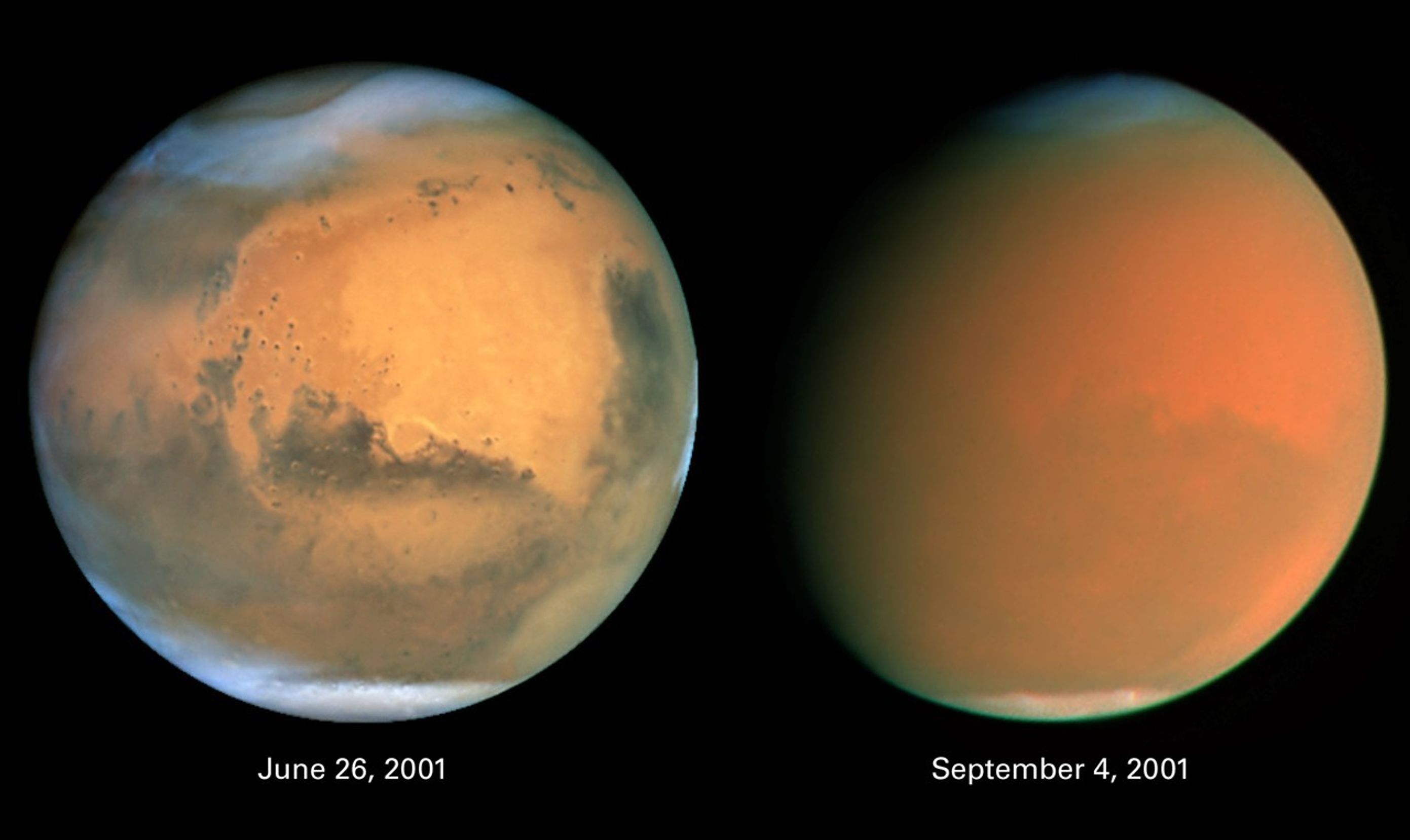 Left: Partly Cloudy Day on Mars, Right: Mars Enshrouded in a SandstormNASA/ESA, James Bell (Cornell Univ.), Michael Wolff (Space Science Inst.), and the Hubble Heritage Team (STScI/AURA)
Left: Partly Cloudy Day on Mars, Right: Mars Enshrouded in a SandstormNASA/ESA, James Bell (Cornell Univ.), Michael Wolff (Space Science Inst.), and the Hubble Heritage Team (STScI/AURA)
Their Moons
-
Finding Water on Jupiter’s Moons
Hubble found the best evidence yet for an ocean of liquid under an ice crust on Jupiter’s moon Ganymede, the largest moon in the solar system. This ocean may have more water than all of Earth’s surface. Hubble also recorded evidence of short-lived changes in the atmosphere above the surface of Jupiter’s moon Europa – the likely result of gas plumes expelled from a subsurface ocean.
NASA’s Hubble Spots Possible Water Plumes Erupting on Jupiter’s Moon Europa
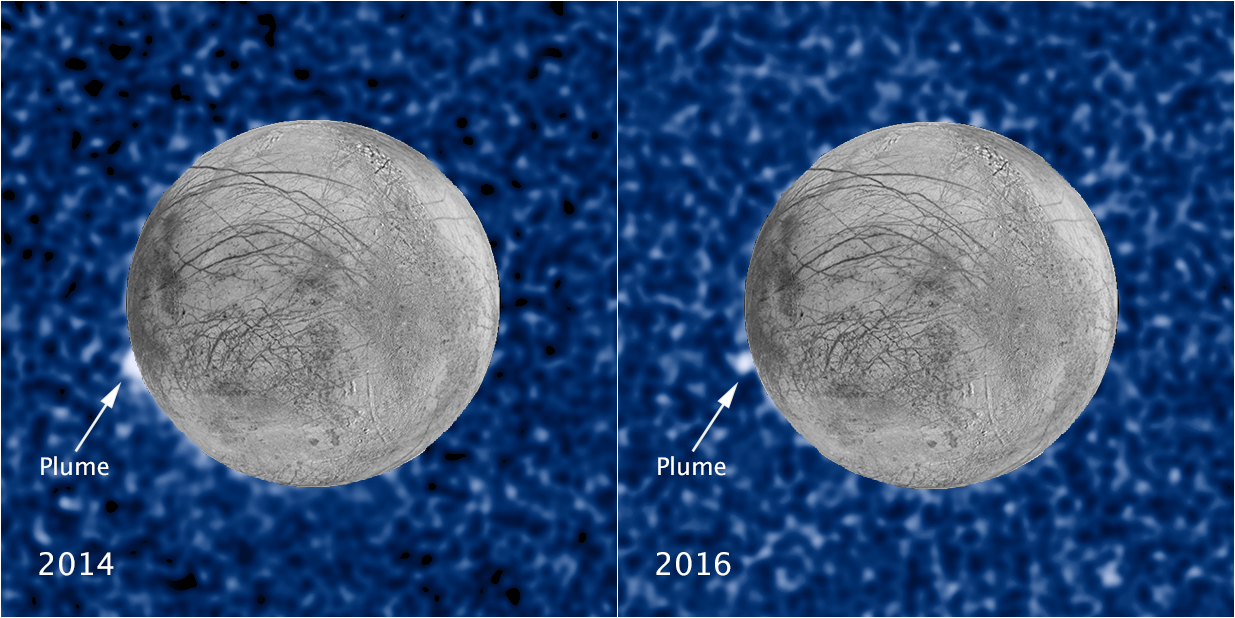 Plumes on Jupiter’s Moon EuropaNASA, ESA, and W. Sparks (STScI); Illustration: NASA, ESA, W. Sparks (STScI), and the USGS Astrogeology Science Center
Plumes on Jupiter’s Moon EuropaNASA, ESA, and W. Sparks (STScI); Illustration: NASA, ESA, W. Sparks (STScI), and the USGS Astrogeology Science Center -
Finding New Moons
In 2003, astronomers using Hubble discovered two small moons around Uranus, called Cupid and Mab. The moons are about 8 to 10 miles across (12-16 km), or roughly the size of San Francisco. Hubble also detected two large outer rings around Uranus.
Ten years later researchers found a small, faint moon called Hippocamp in images Hubble took of Neptune between 2004 and 2009. Astronomers discovered the moon while studying faint ring-arcs around the planet. Then they combed through 150 archived Hubble images of Neptune looking for the moon. Using those Hubble images, they were able to plot Hippocamp’s 23-hour orbit around Neptune.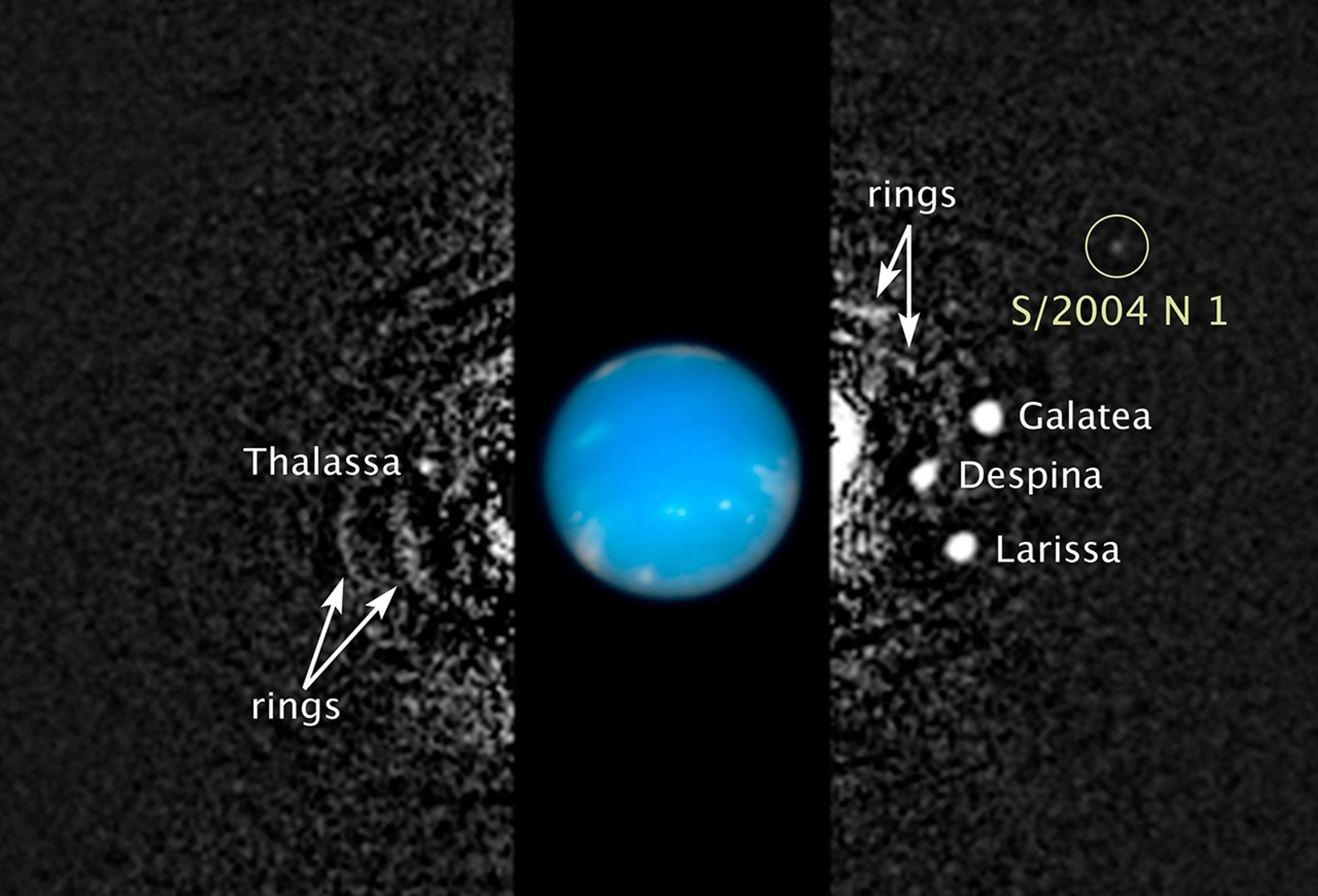 New Moons Around NeptuneNASA, ESA, and M. Showalter (SETI Institute)
New Moons Around NeptuneNASA, ESA, and M. Showalter (SETI Institute)
Learn More
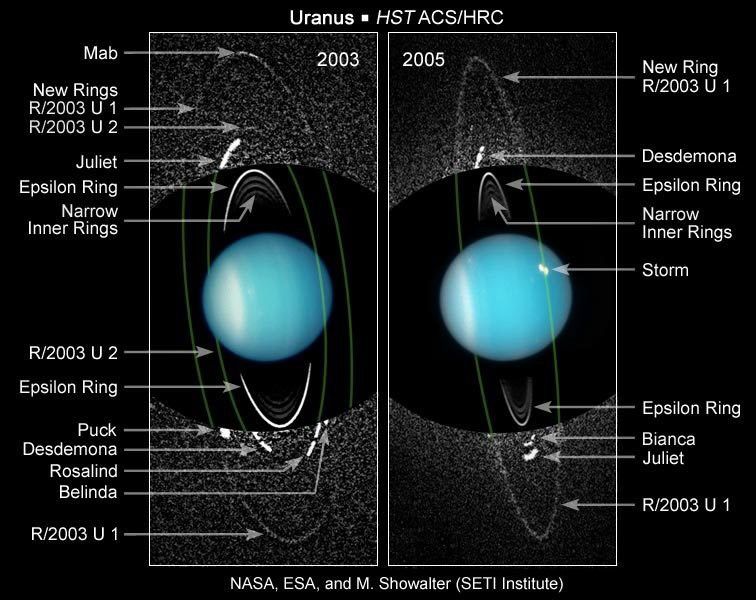
Hubble Discovers New Rings and Moons Around Uranus
Hubble's high sensitivity and sharp view has uncovered a pair of giant rings girdling the planet. The largest is twice the diameter of the planet's previously known ring system, first discovered in the late 1970s. Hubble also spied two small satellites, named Mab and Cupid.
Hubble Science Highlights
Discover the breadth and depth of Hubble's exciting discoveries!
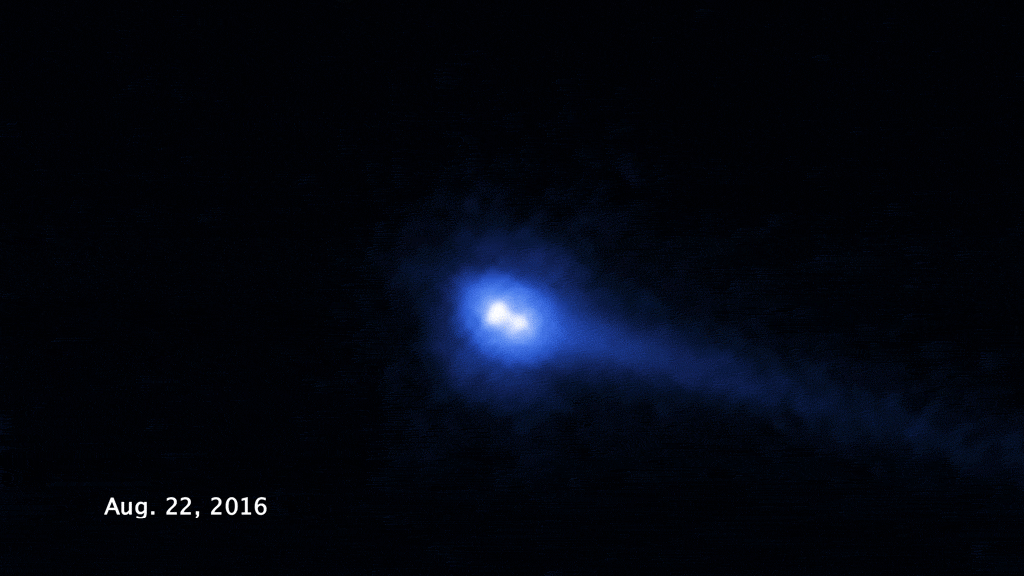
Tracking Evolution in the Asteroid Belt
These conglomerates of rock and ice may hold clues to the early solar system.
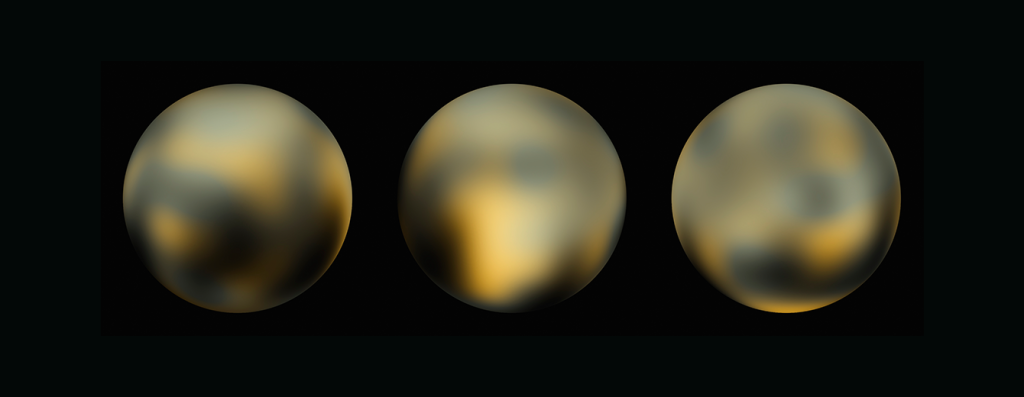
Uncovering Icy Objects in the Kuiper Belt
Hubble’s discoveries helped NASA plan the New Horizon spacecraft’s flyby of Pluto and beyond.
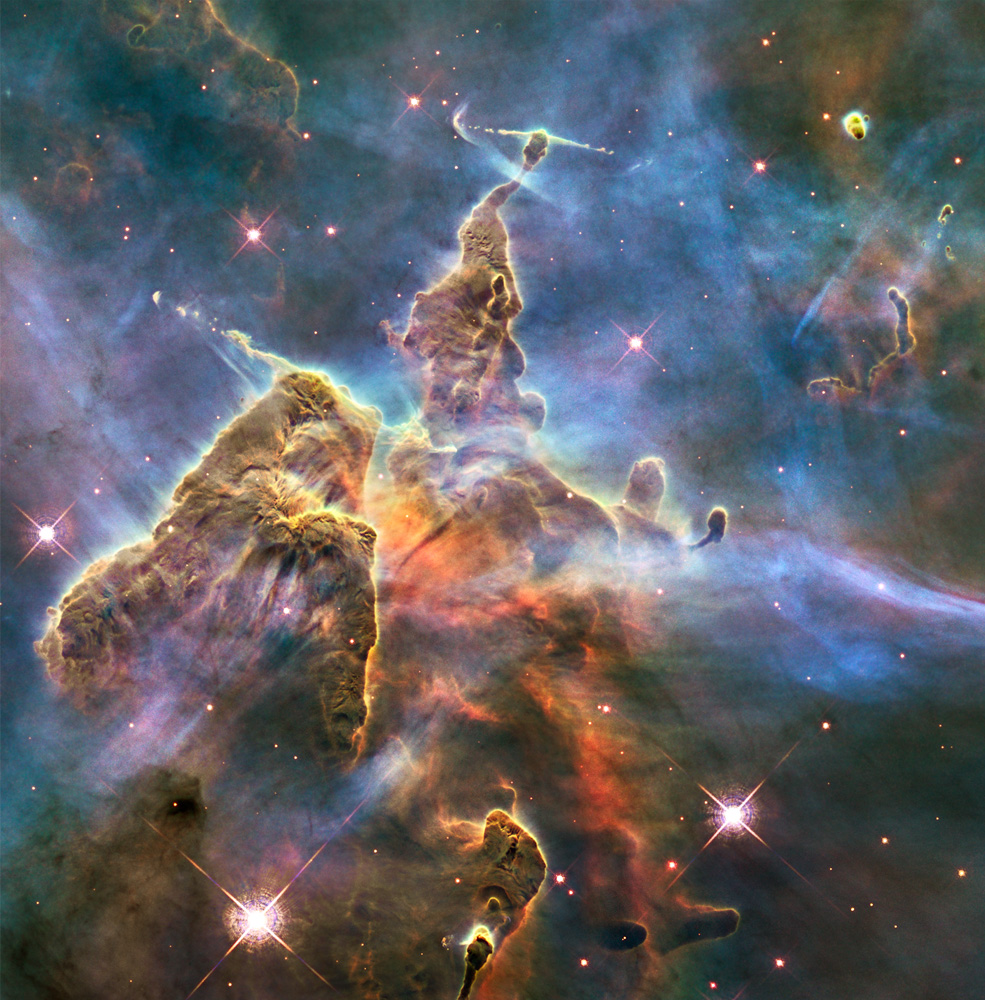
Exploring the Birth of Stars
Seeing ultraviolet, visible, and near-infrared light helps Hubble uncover the mysteries of star formation.
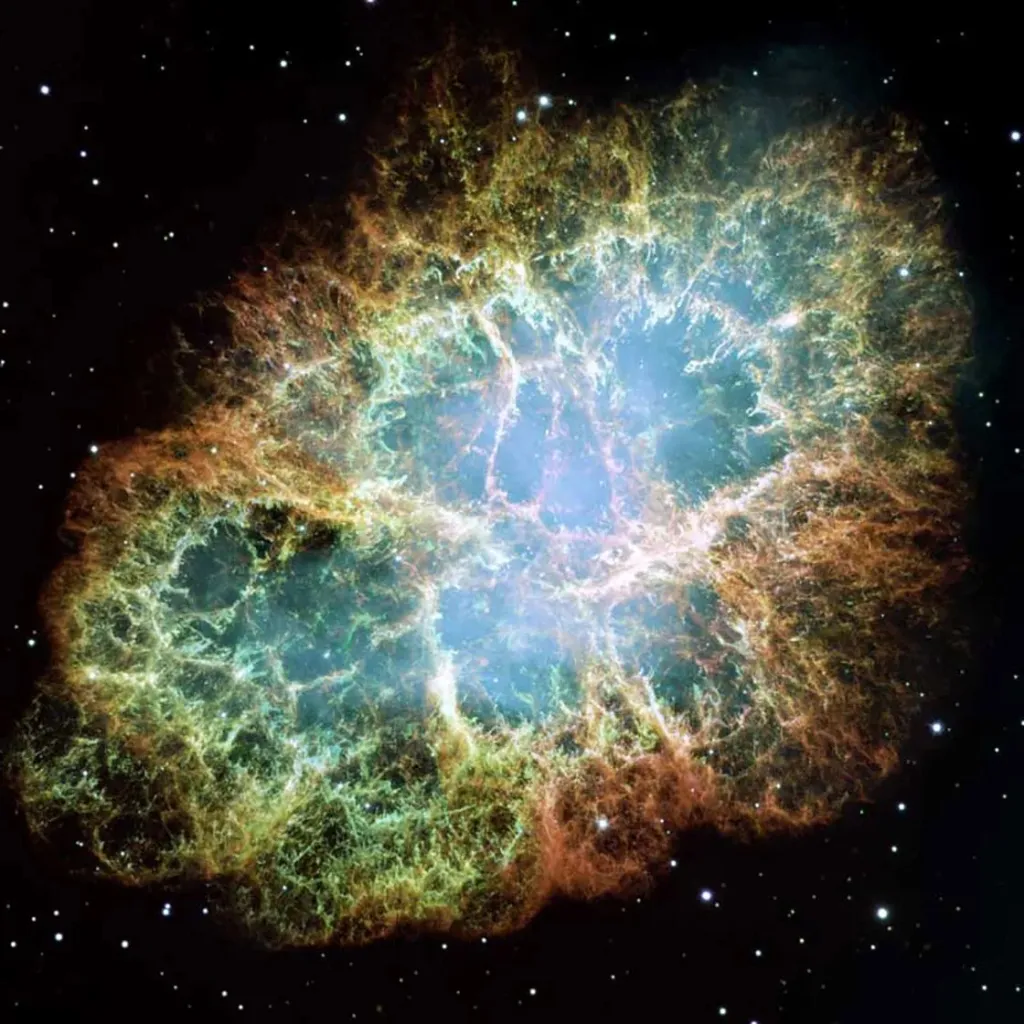
The Death Throes of Stars
When stars die, they throw off their outer layers, creating the clouds that birth new stars.
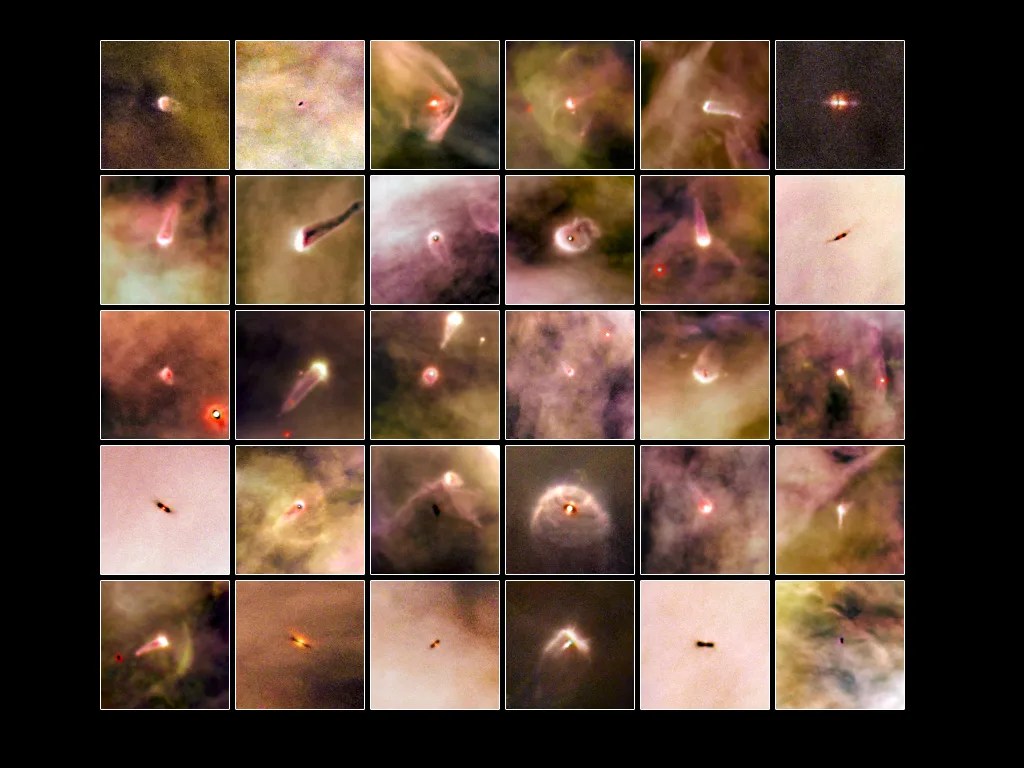
Finding Planetary Construction Zones
Hubble’s sensitivity uncovers the seeds of planets in enormous disks of gas and dust around stars.
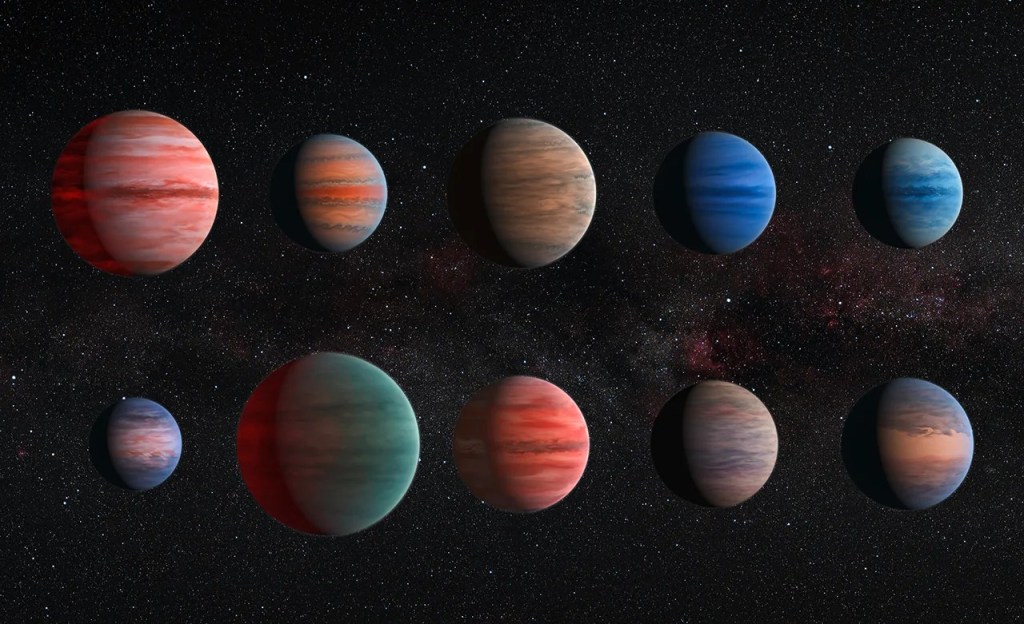
Recognizing Worlds Beyond Our Sun
Hubble can detect and measure the basic organic components for life on planets orbiting other stars
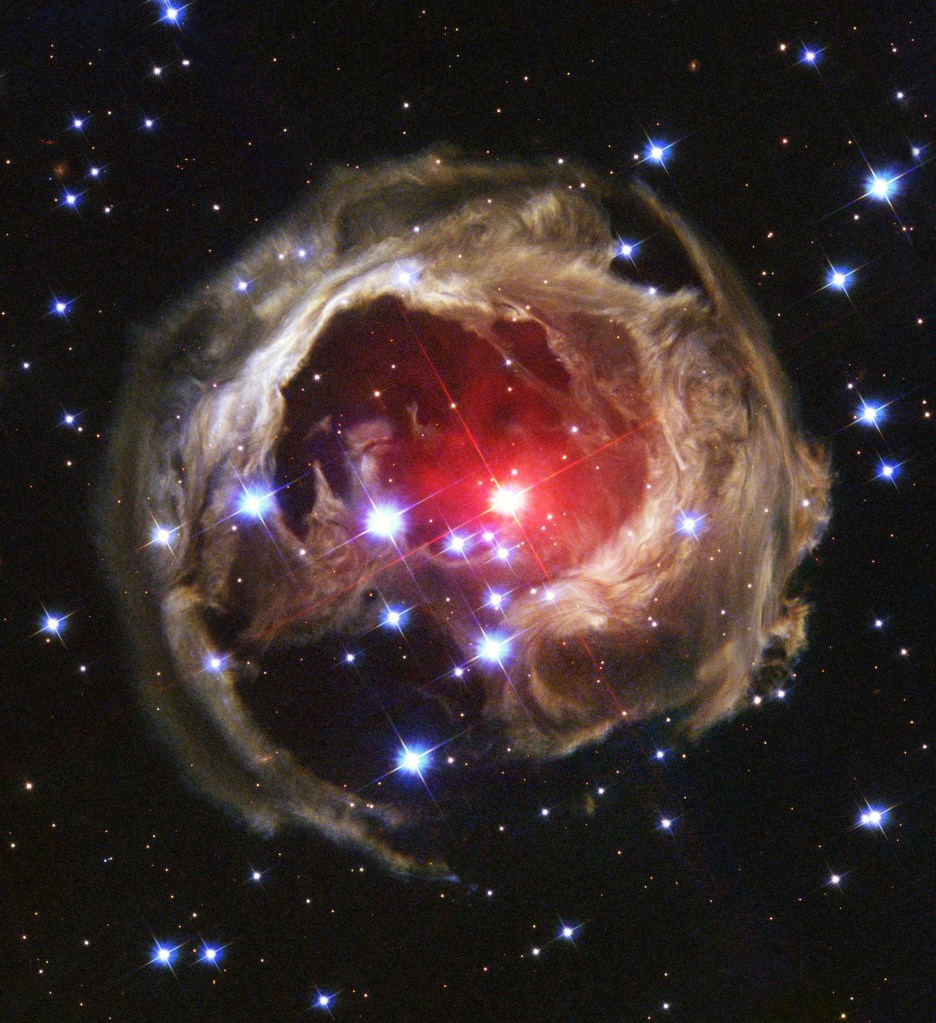
Seeing Light Echoes
Like ripples on a pond, pulses of light reverberate through cosmic clouds forming echoes of light.
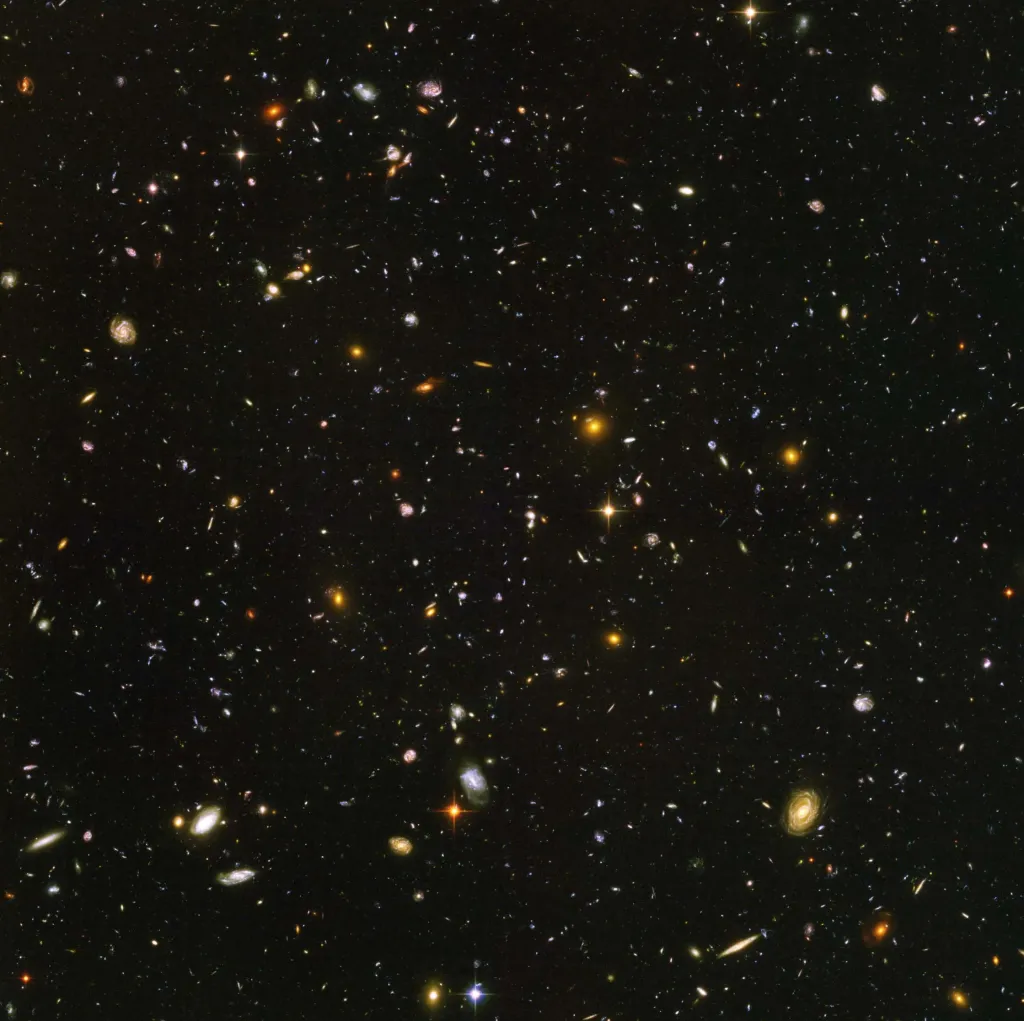
Tracing the Growth of Galaxies
Hubble's Deep Field observations are instrumental in tracing the growth of galaxies.
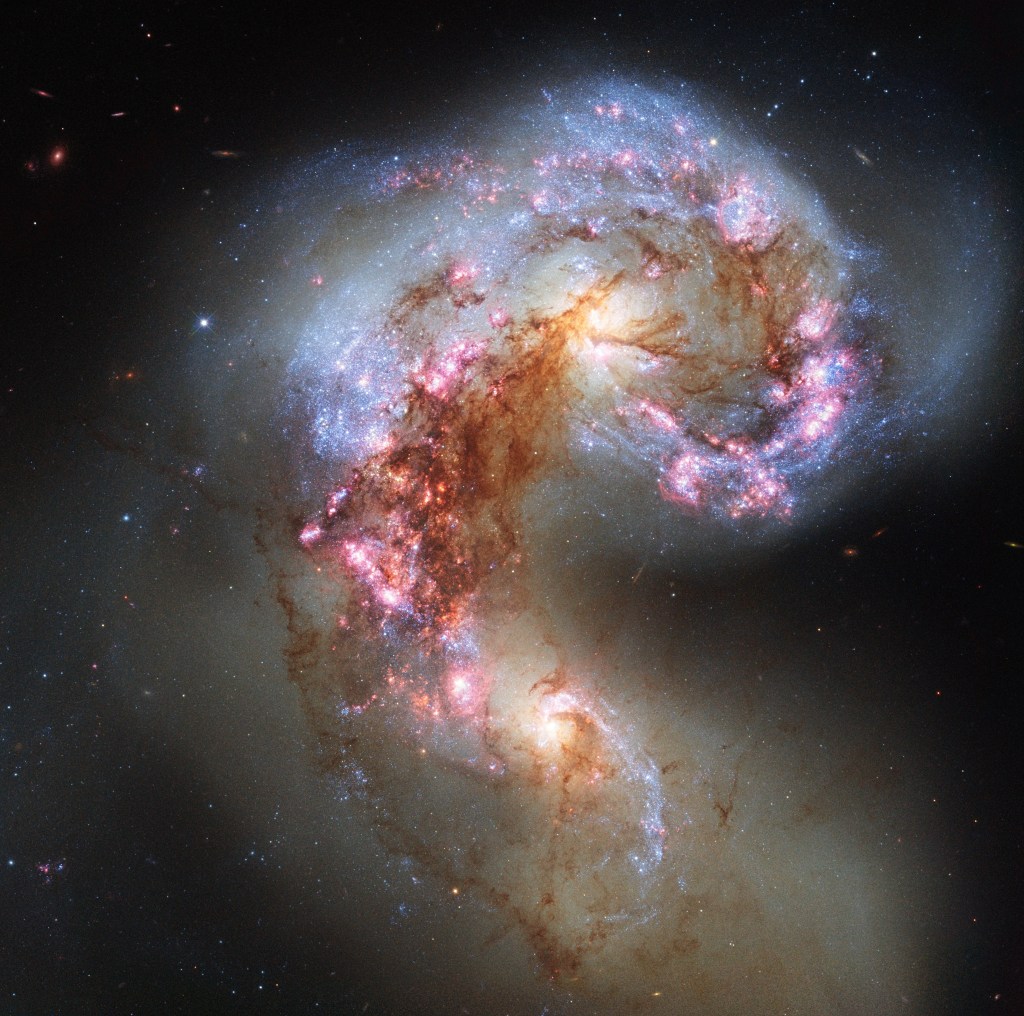
Galaxy Details and Mergers
Galaxies evolve through gravitational interaction with their neighbors, creating a menagerie of forms.
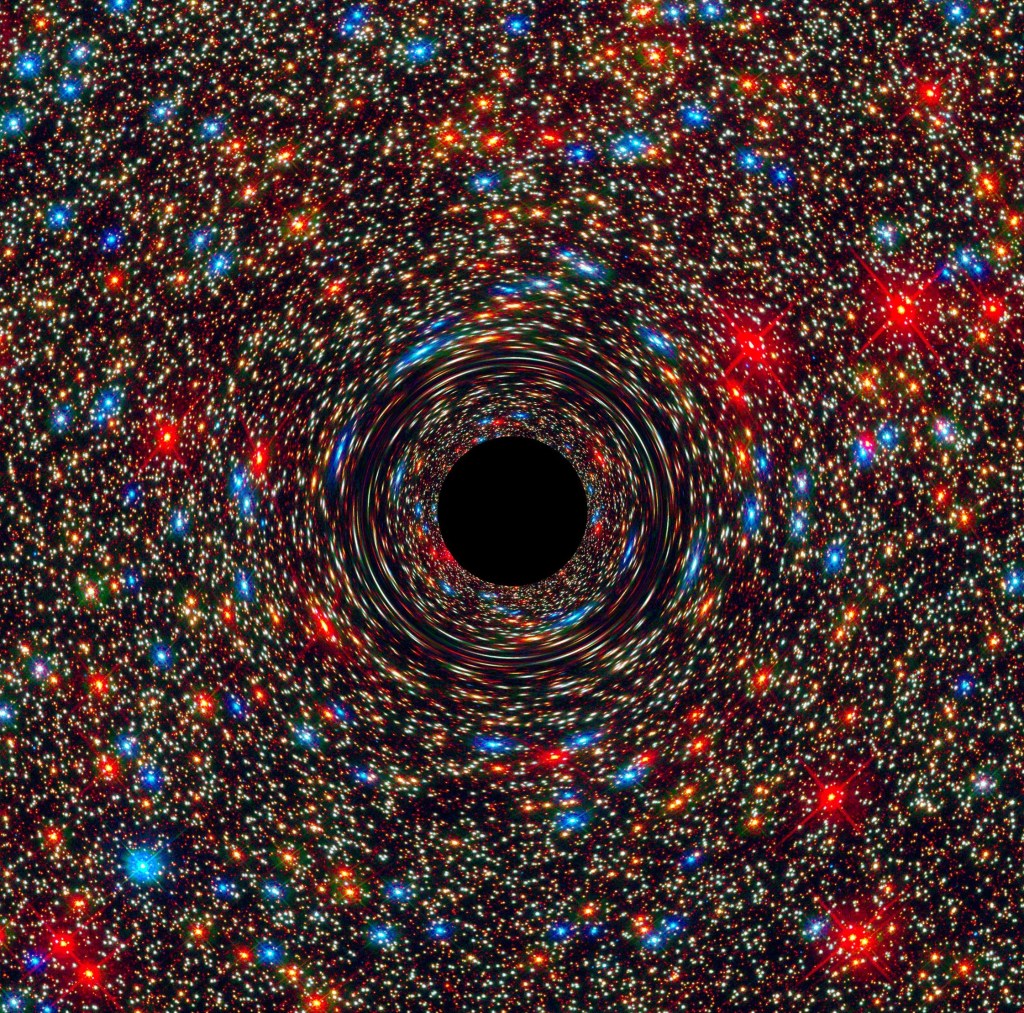
Monster Black Holes are Everywhere
Supermassive black holes lie at the heart of nearly every galaxy.
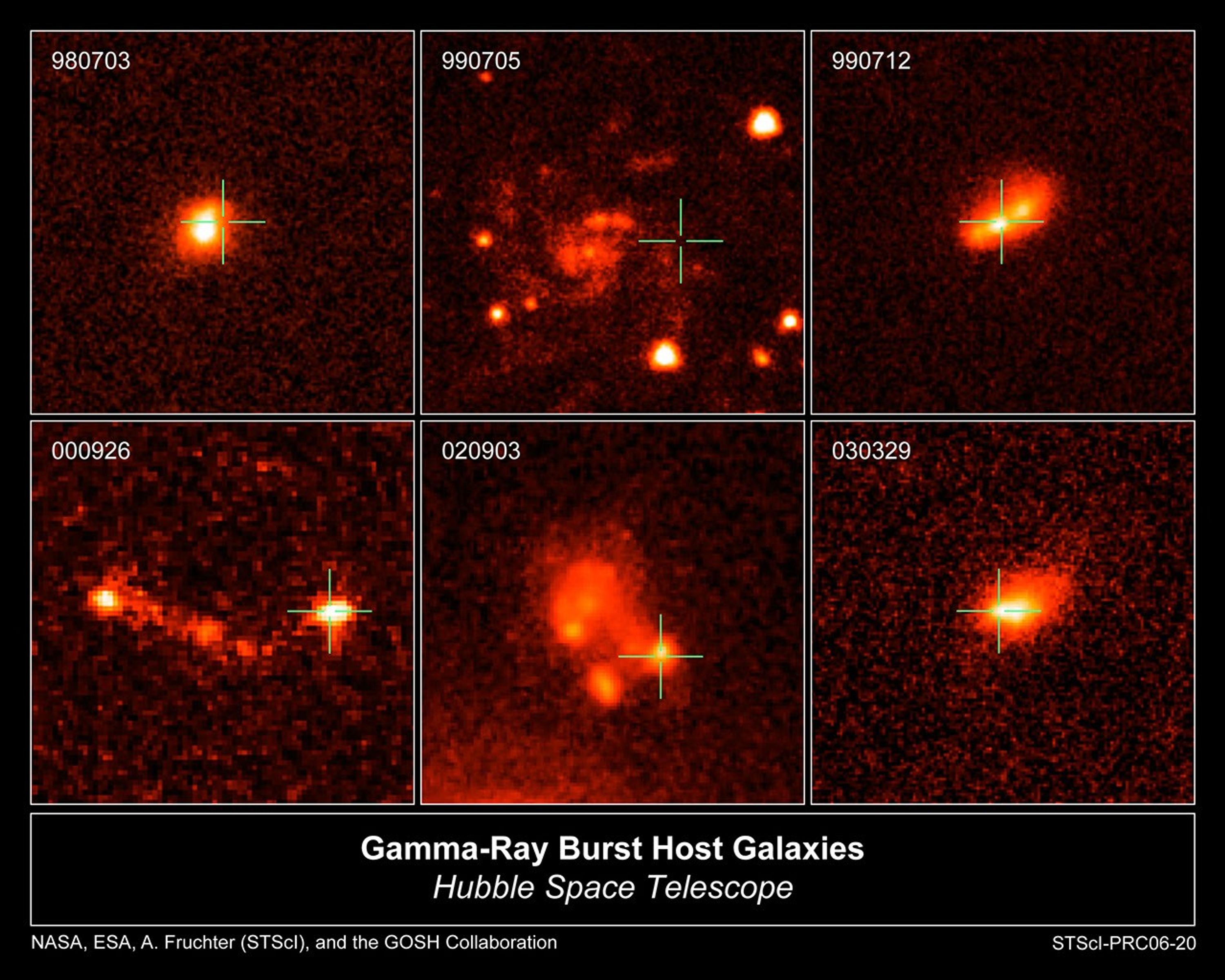
Homing in on Cosmic Explosions
Hubble helps astronomers better understand and define some of the largest explosions in the universe.
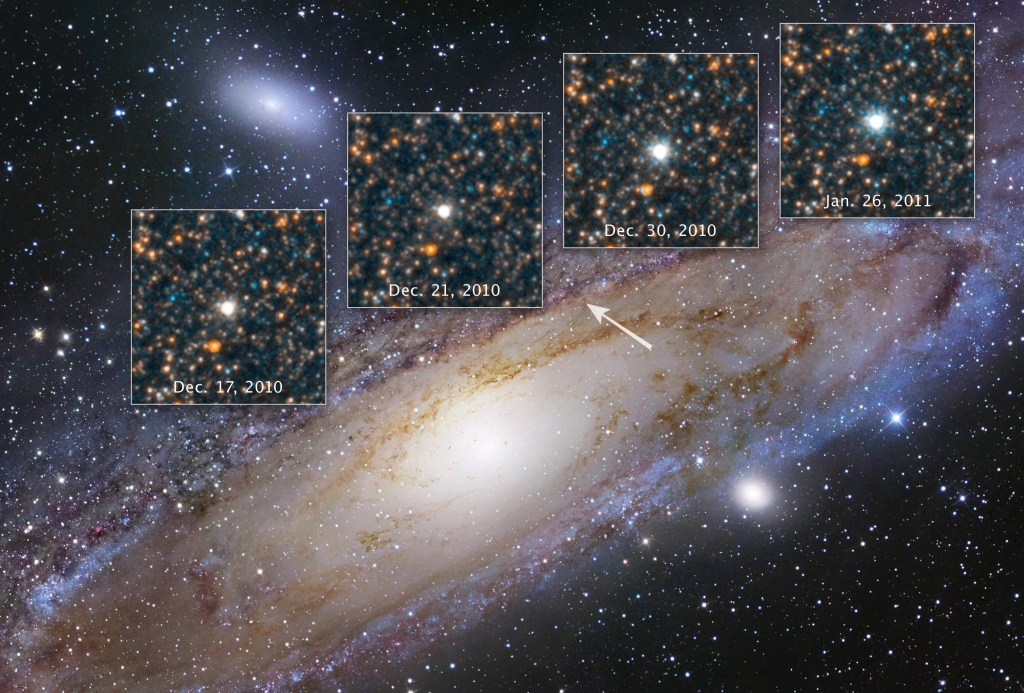
Discovering the Runaway Universe
Our cosmos is growing, and that expansion rate is accelerating.
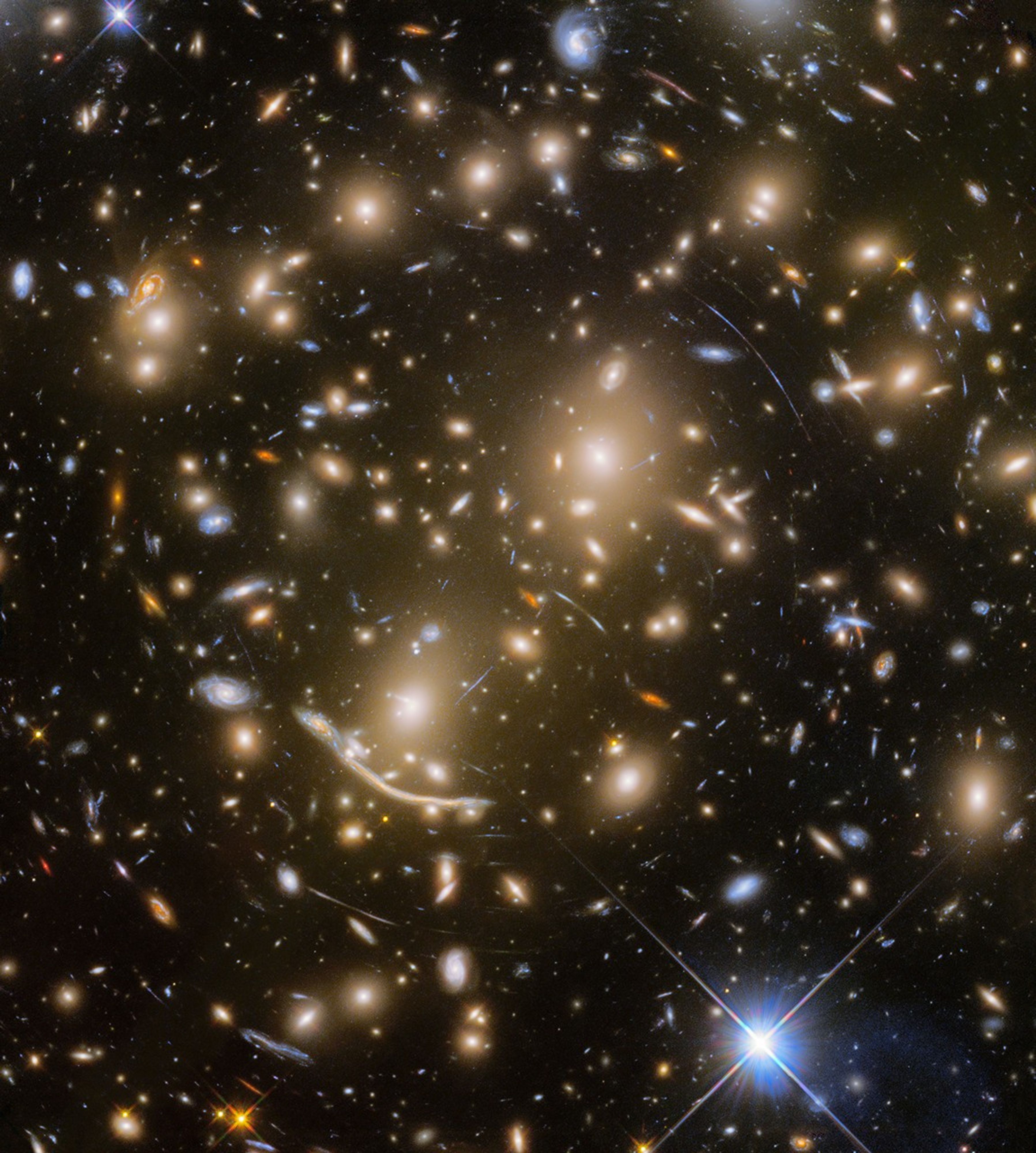
Focusing in on Gravitational Lenses
Gravitational lenses are 'Nature's Boost', expanding our view deeper into space and farther back in time.
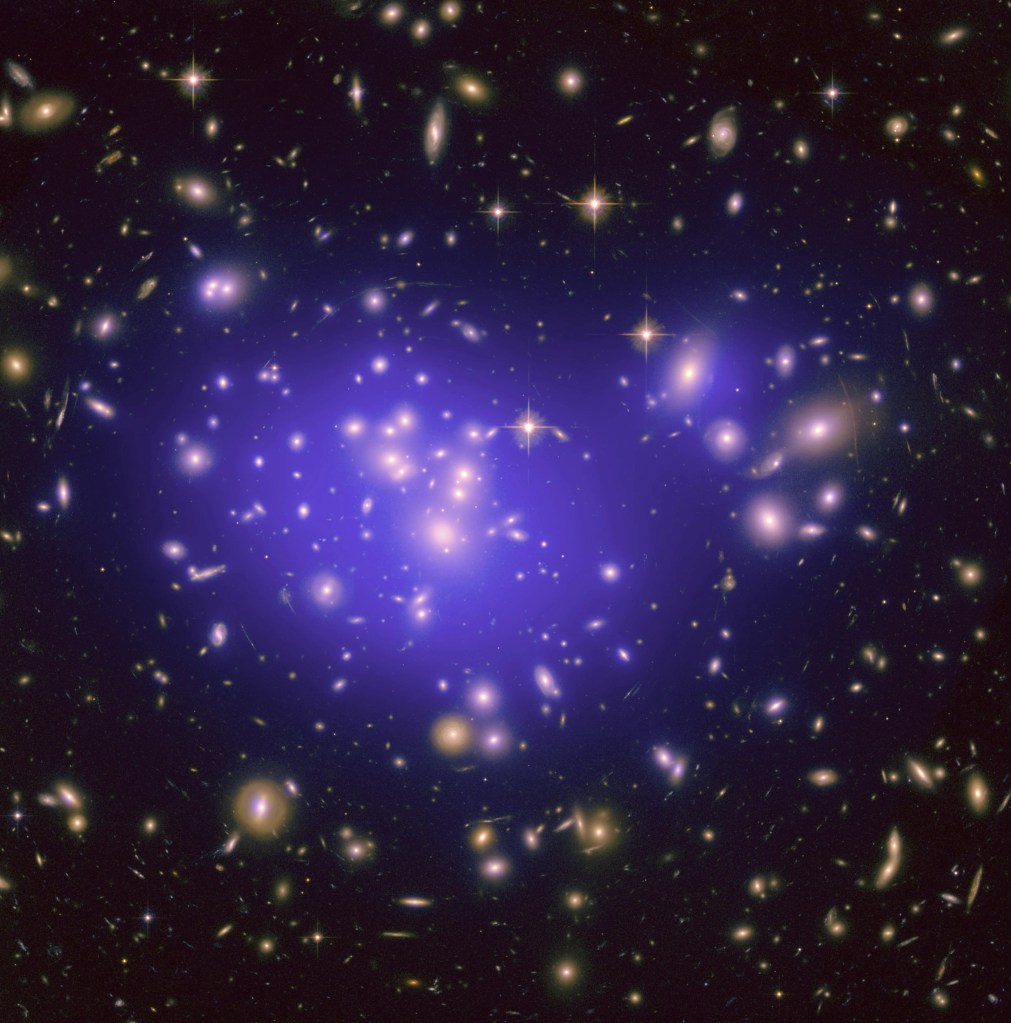
Shining a Light on Dark Matter
The gravitational pull of dark matter guides the formation of everything we can see in the universe.

Mapping the Cosmic Web
Filaments and sheets of matter create an interconnected web that forms the large-scale structure of the universe.

